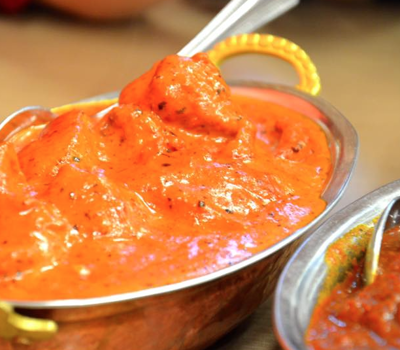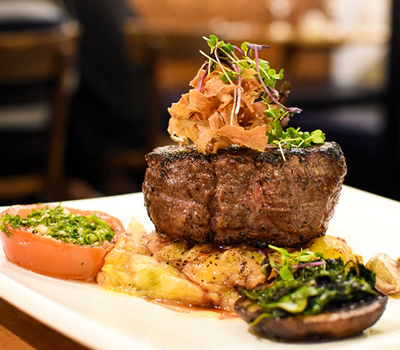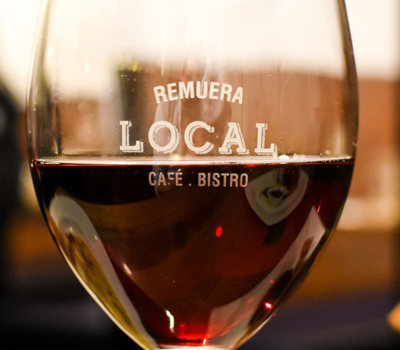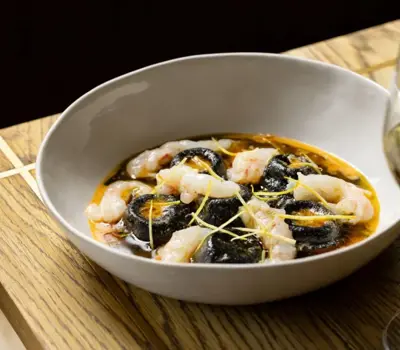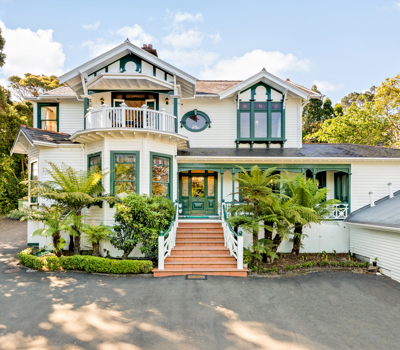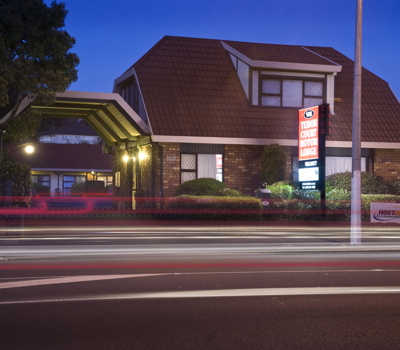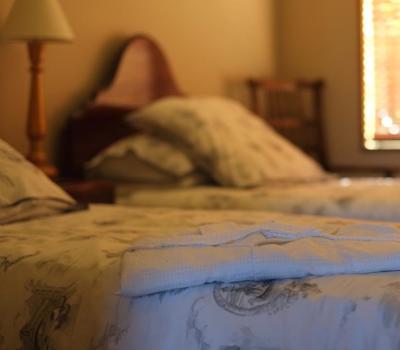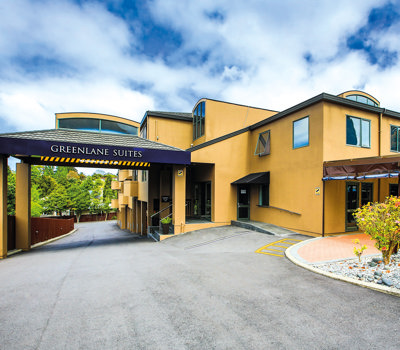-
More info He pārongo atu anō
Visit website
The Māori name Ōhinerau means the place of Hinerau, the goddess of whirlwinds. And you’ll certainly be blown away by the history of this Maunga and the spectacular views in all directions across Tāmaki Makaurau and out to Rangitoto Island.
Ohinerau / Mt Hobson was formed by an explosive fire-fountaining eruption that built up a scoria cone 143 meters tall. A central crater was created, but this was ruptured by lava in a later eruption and created a horseshoe-shaped depression.
This Tūpuna Maunga was once the site of a large Māori pā (fortified village settlement). At the height of its occupation, it was estimated that around 1000 people lived there. The pā had a single strong point at the tihi (summit) and was defended by two large terraces which also held many houses, storehouses, and storage pits.
Whilst quarrying and water reservoir construction damaged the terracing of the pā, on your walk you’ll be able to spot remnants of the pā terraces and pits which are still visible around the crest of the Maunga.
Historic midden (shell deposits) deposits can be seen in the dirt banks as you walk the track to the tihi (summit). Middens are rubbish left behind by those that lived on the Maunga reveal what Māori ate and how they lived.
Please remember, these are important archaeological features, so as you explore, please do not disturb the midden and tread carefully and stick to the formal tracks as some of these remaining pits are quite deep!
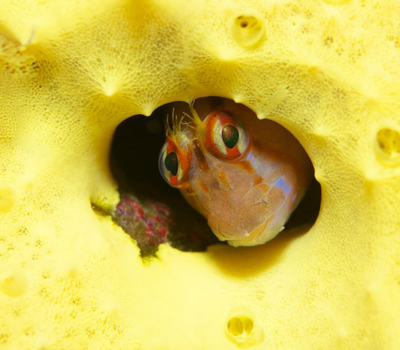

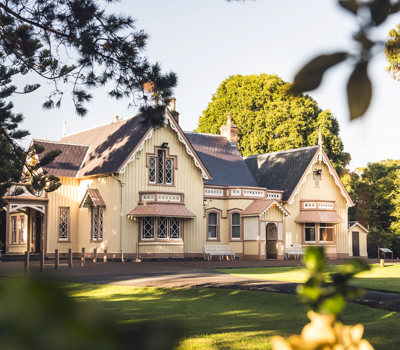
.jpg?ext=.jpg&crop=824,249,4000,3500&width=400&height=350)
.jpg?ext=.jpg&crop=456,0,1234,1080&width=400&height=350)


